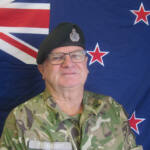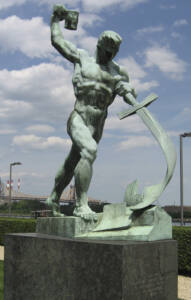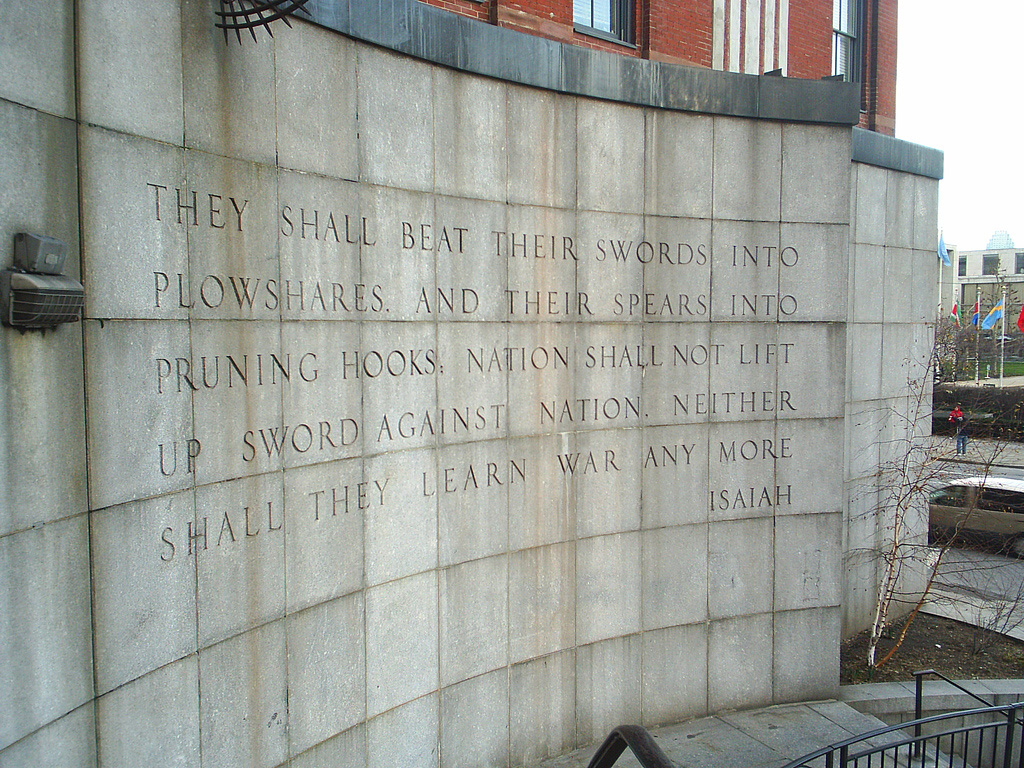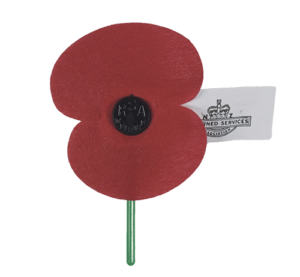
WelCom April 2024
Te Rā o Anzac, 25 Paenga Whāwhā 2024
Ko te Rā Whakamaharatanga a Motu
Fr Brian Fennessy ED, Former Army Chaplain; Parish Priest of Our Lady of the Plains, Selwyn Parish, Lincoln
King George V’s comment, as he visited the Commonwealth war cemeteries in Flanders during 1922, is a powerful statement of remembrance and upholding peace:
‘We can truly say that the whole circuit of the earth is girdled with the graves of our dead…and, in the course of my pilgrimage, I have many times asked myself whether there can be more potent advocates of peace upon earth through the years to come, than this massed multitude of silent witnesses to the desolation of war.’

Our grateful appreciation and response to the Fallen, expressed in the King’s comment, is shown in observing Anzac Day and by our endeavour to pass on the fruits of the soldiers’ legacy to uphold justice and achieve peace.
Peace is a desire of humanity, yet it requires commitment to achieve.
Every year, since 1968, successive popes have written a Message on Peace for New Year’s Day. In addition, on 8 January this year, in his annual ‘State of the World’ address to members of the Diplomatic Corps accredited to the Holy See, Pope Francis reflected on the conflicts and divisions ravaging the world and highlighted the responsibility of individuals and nations to foster peace. The Pope spoke on the need of peace in our broken world and how we are all responsible for achieving it. He called for a greater effort to defend and implement humanitarian law to ensure human dignity.
In a world suffering from conflicts, Pope Francis continues to give exhortations on peace; they are worth searching and reading (search on ‘Google’).
To achieve peace is a decision. We have to work at the process. The foundation stones to achieving peace is justice, trust, and respect.
The Prophet Isaiah (2:4) reminds us of the decision and effort to work for peace when he wrote that people, under the sovereignty of God:
‘…will hammer their swords into ploughshares, and their spears into sickles. Nation will not lift sword against nation, there will be no more training for war.’
Perhaps surprisingly, the Soviet Union donated a bronze sculpture, during 1959, to the United Nations Building in New York, depicting the figure of a man, holding a hammer aloft in one hand and a sword in the other hand, hammering a sword into a ploughshare, a tool to till land for crops. This action symbolises humanity’s desire to put an end to war and transform tools of destruction into tools to benefit mankind. However, this desire has to be actuated.
The biblical quote from Isaiah 2:4 is also inscribed on a wall opposite the UN building in New York.

After WWII, it was hoped the United Nations would ameliorate the prospect of war. The UN Charter states:
‘All Members shall refrain in their international relations from the threat or use of force against the territorial integrity or political independence of any state, or in any other manner inconsistent with the Purposes of the United Nations.’
This is the aspiration of countries who sign the UN Charter. Sadly, the spirit of the Charter and the message of the Soviet gift are not always adhered to.
Anzac Day grew out of the grief of New Zealanders and Australians. After the Great War, as the War Memorials were constructed, New Zealanders were given an opportunity to publicly gather to express sacrifice and loss. Without the ability to visit graves on the other side of the world, the names of the Fallen on various Memorials allowed families and veterans to gather to remember and to support one another.
The observance of Anzac Day also provided a forum for New Zealanders to express their pride in New Zealand fulfilling its duty, at great cost, to achieve peace and wellbeing for people throughout the world.

During the Vietnam War Era, some protestors to the Vietnam War used Anzac Day as a forum to protest. They were protesting for peace, but in a controversial manner. With the value of hindsight, the RSA and Police could have handled the protestors’ action in a more constructive way.
Despite the occasional interference as a focus of political protest, Anzac Day has a powerful contribution in remembering the Fallen, but also uniting New Zealanders as it did for families and local communities 100 years ago.
As Christians, we are also conscious that Anzac Day always falls within the Easter Season; the Season to celebrate God’s pledge that we are his people and that evil and death have been overcome. The Risen Lord’s greeting to the disciples is ‘Peace be with you’.
Easter and Anzac Day dovetail in proclaim a message of sacrifice, love, hope, peace, and life.
Lest we forget.
The Ode of Remembrance
They shall grow not old, as we that are left grow old:
Age shall not weary them, nor the years condemn.
At the going down of the sun, and in the morning,
We will remember them.
We will remember them.
E kore rātou e kaumātuatia
Pēnei i a tātou kua mahue nei
E kore hoki rātou e ngoikore
Ahakoa pehea i ngā āhuatanga o te wā
I te hekenga atu o te rā
Tae noa ki te aranga mai i te ata
Ka maumahara tonu tātou ki a rātou
Ka maumahara tonu tātou ki a rātou